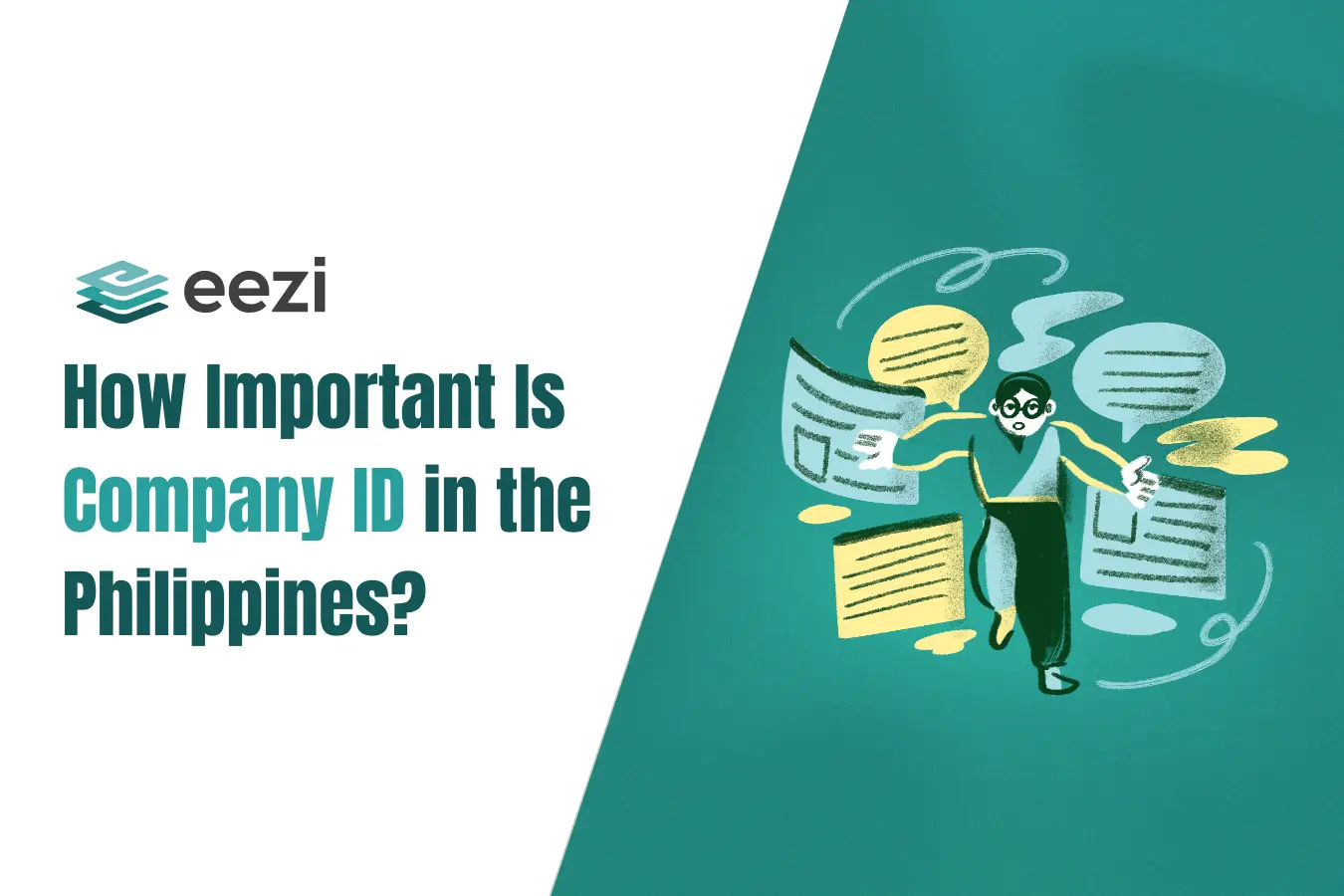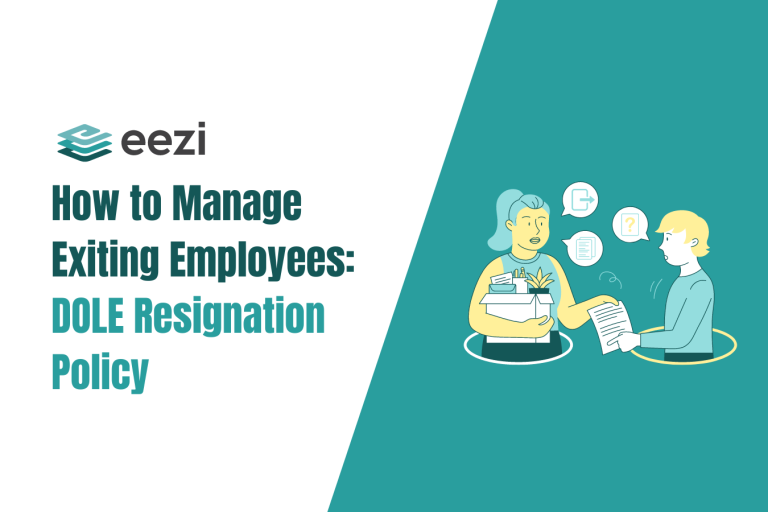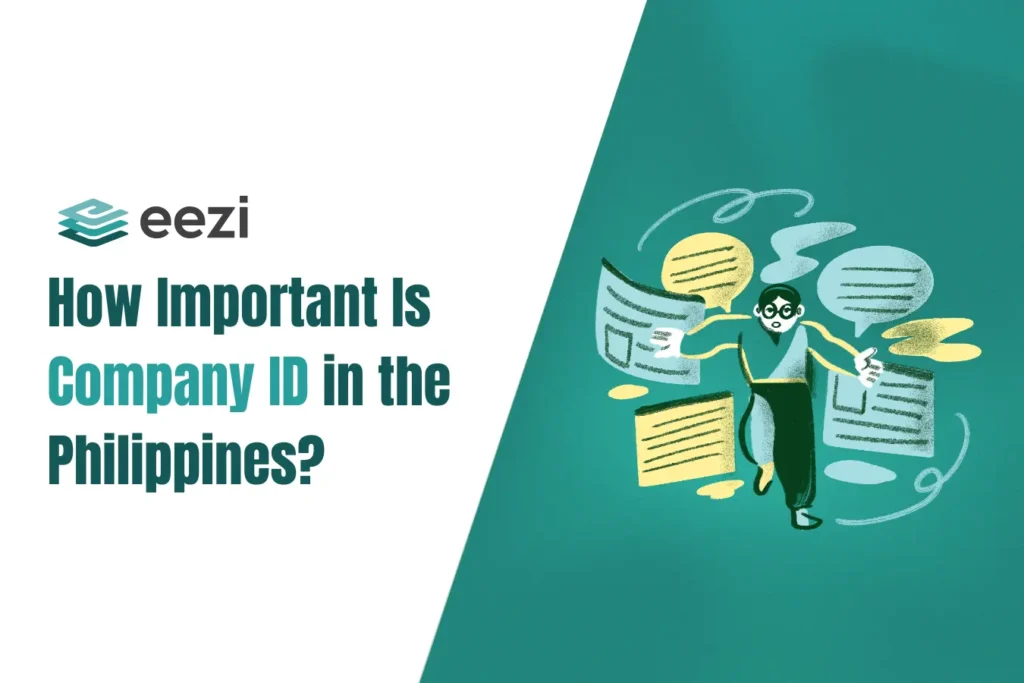
Company IDs are more than just plastic pieces with an employee’s name and photo. ID cards and badges can help your company in many ways, whether in production, retail, or corporate offices.
They can be effective tools for time tracking, security management, employee morale, customer relations, and providing quick identification. Company ID cards are an excellent asset for any business since they promote professionalism, protection, and trust in the workplace.
This article will explore the significance of company IDs in the Philippines, including their legal requirements, benefits, types, and implementation. In addition, we will give you some creative ideas on how to design a company ID card that looks professional and fulfills your company’s functional and security requirements.
Legal and regulatory requirements for issuing company ID
The issuance of employee IDs in the Philippines is mostly regulated by company policies rather than specific laws or regulations. However, these regulations should nonetheless comply with labor laws and other relevant regulations, including the terms of the employee-employer contract.
IDs and regularization
According to the Labor Code, an employee in the Philippines who reaches “regular” status is entitled to a number of benefits and protections. An employee’s ID may be issued concurrently with the regularization process, though this is usually up to the employer’s choice.
IDs’ expiration dates
Philippine law does not require that a company ID have an expiration date. However, employers frequently add expiration dates to IDs for security purposes or to ensure that company files are updated.
For regular workers, a company ID card without an expiration date may represent an employee’s long-term position with the company. That being said, this is not so much a legal mandate as it is a corporate policy decision.
Legal consideration
- Privacy Laws. IDs frequently hold personal data. Employers are required to manage this data following the Data Privacy Act of 2012, which places strict restrictions on the gathering, storing, and sharing of data.
- Contractual Responsibilities. The requirements for the issuing of IDs stated in the employment contract or the organization’s employee handbook must be adhered to.
- Discrimination. Any policy regarding employee IDs should not discriminate against any group of employees. One instance of discriminatory behavior might be withholding IDs from members of particular groups.
Best practices in issuing company ID
- On-time Issuance. IDs must be provided promptly, particularly if they are needed for company benefits or to act as access passes.
- Safety Features. Employers frequently add security measures to IDs to prevent illegal access to business property or data systems.
- Reissuance and Update. Businesses should have a process in place for reissuing or updating Company ID, particularly when an employee’s position or status changes.
Benefits of company ID
In addition to being a means of identification, Company ID can perform several security functions. It promotes efficient operations and serves as a professional representation of the company.
Let’s explore a few benefits of these ID cards and see why they are essential to establishing a secure and healthy work environment.
Increased security
First and foremost, employee identification is crucial for maintaining workplace security. They make it easy to identify guests and non-employees and allow instant identification of everyone entering the facility.
Moreover, using employee IDs allows for limiting access to specific locations, devices, and equipment. Protecting sensitive or private information on your premises is much easier with this extra security. It could help prevent security lapses.
Besides, keeping an eye on everyone entering the building might be useful in case of an emergency, such as an earthquake or fire. It facilitates the process of accounting for those who go missing.
Improved company morale
A safe and secure workplace makes employees feel more at ease, which raises morale inside the organization. Furthermore, ID cards give employees a sense of belonging and connection within a company.
It is also simpler to put a face to a name when employee photo IDs are used. Clustering coworkers according to department or administrative rank can facilitate socialization and streamline communication.
Furthermore, it is simpler for employees to become acquainted with one another and their responsibilities inside the company when names and positions are publicly visible. It might also inspire them to put in more effort and boost their confidence.
Add an extra level of accountability.
Adding an extra degree of accountability is another benefit of using Company ID cards in your company. Being able to monitor employees’ whereabouts and the tools they use promotes accountability. It also helps in preventing theft within the company.
Better customer relations
Employee ID cards can improve ties with clients and customers. Customers and clients can easily verify via photo IDs that the person they are speaking with is trustworthy and able to assist them with their needs.
It facilitates the easy and quick development of a relationship between employees and consumers. Familiarity also makes it easier for your clients and consumers to trust a new or different person more quickly.
Sign of professionalism
Lastly, company IDs are an ideal way to improve your business’s overall appearance. An employee ID card featuring their names, positions, and the corporate logo adds an extra touch of professionalism.
Types of company IDs
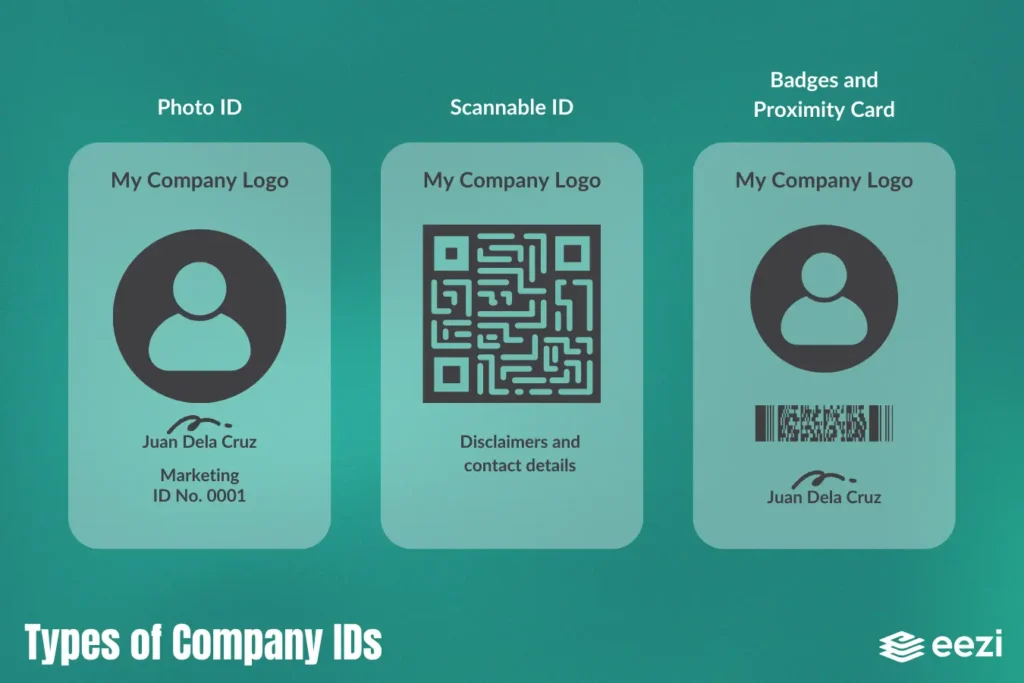
When it comes to employee identification, there are several choices. Which one is best for you depends on what you expect. So here are some of the available options to consider:
Photo ID
A photo ID is the most common way for employees to be identified. Employee IDs contain the individual’s name, title, and photo, as well as the company’s name or logo. These IDs serve as essential visual security to distinguish between employees and non-employees. They are also a quick way to discover the employee’s name and role inside the organization.
Scannable ID
A scannable ID card includes a barcode or QR code with the typical photo ID. When paired with a card reader, these IDs can track an employee’s in-and-out times. Scannable IDs are an excellent way to monitor an employee’s time and attendance and provide visual safety.
Badges and proximity cards
Proximity cards, a more advanced ID, have RFID tags, smart chips, or magnetic strips that interact with a proximity system. When worn, they provide access to particular tools or sections of a worksite. They eliminate the need to employ security guards for critical areas by limiting access to those with lower security clearances.
What information should a company ID include?
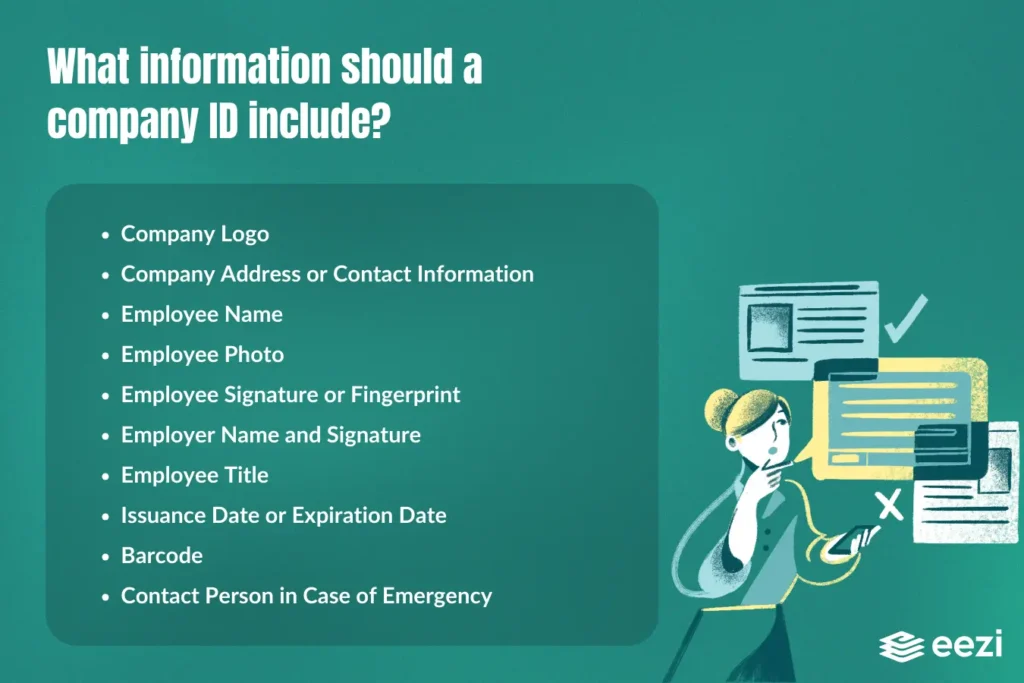
Before you start designing your ID cards, it is crucial to make a list of the data that will be on them. This information should be the primary focus of the card’s design. Placing the employee’s name and photo on an ID badge may seem apparent, but what other details should you take into account?
The following list of suggestions may help you brainstorm what details you might want to put on the front or back of your ID:
- Company Logo
- Company Address or Contact Information
- Employee Name
- Employee Photo
- Employee Signature or Fingerprint
- Employer Name and Signature
- Employee Title
- Issuance Date or Expiration Date
- Barcode
- Contact Person in Case of Emergency
It isn’t always beneficial to have more data or information. It is hard to validate a cluttered card. Don’t fill up the space on the card with “extra” information. You should also think about security-related issues. Ensure that the card does not contain any information that could compromise the security of your firm in case it is lost or stolen.
It’s essential to specify the information that will be on your ID cards before you start designing them. This information should be the main focus of the card’s design. Placing the employee’s name and photo on an ID may seem apparent, but what other details should you consider?
Tips for designing a professional-looking ID card
A professionally designed ID card represents the organization’s professionalism and brand image and provides essential information.
Whether you’re considering replacing your old ID cards or creating a new one, it might be beneficial to consider a few pointers for making polished, stunning company IDs that make a lasting impression. Consider the following tips below:
Determine the purpose
Understanding the goal of your company’s ID card is crucial before you begin the design process. Think about the specifics that must be provided, such as the person’s name, title, picture, logo, and any other necessary information. This clarity will influence your design choices and guarantee that the ID card fulfills its intended function.
Select a suitable layout.
The overall appearance of an ID card is primarily determined by its layout. Select a layout that is neat and orderly. Sort the card into sensible sections, emphasizing the most important details. For example, seeing the person’s name and photo should be easy.
Typography is important
Choosing the appropriate typography can greatly improve the readability and professionalism of your ID card. Select a font that is readable and goes well with the overall design concept. Refrain from using too many fancy fonts, as this could affect readability. Additionally, keep the text sizes and styles uniform throughout the various card sections.
Consider the durability
Since ID cards are used daily, it’s important to select durable materials. Choose PVC or premium cardstock to ensure durability. Furthermore, consider applying lamination or other protective coatings to the card to prevent fading, smudging, or damage.
Employ branding elements
Company ID cards are great for showing off your company’s logo. Include your business or organization’s logo, color scheme, and other branding components to provide a sense of visual coherence.
Include security elements
A key consideration in the design of ID cards is security, particularly in settings where access control is necessary. Incorporating security elements like watermarks, barcodes, or holograms can help increase the card’s legitimacy and deter counterfeiting. These elements give the design a more professional look and increase security.
Secure your workplace with eezi
Understanding the importance of company IDs is just the first step. Implementing a reliable timekeeping system with eezi takes your company’s security and productivity to the next level. See how eezi can benefit your business!
